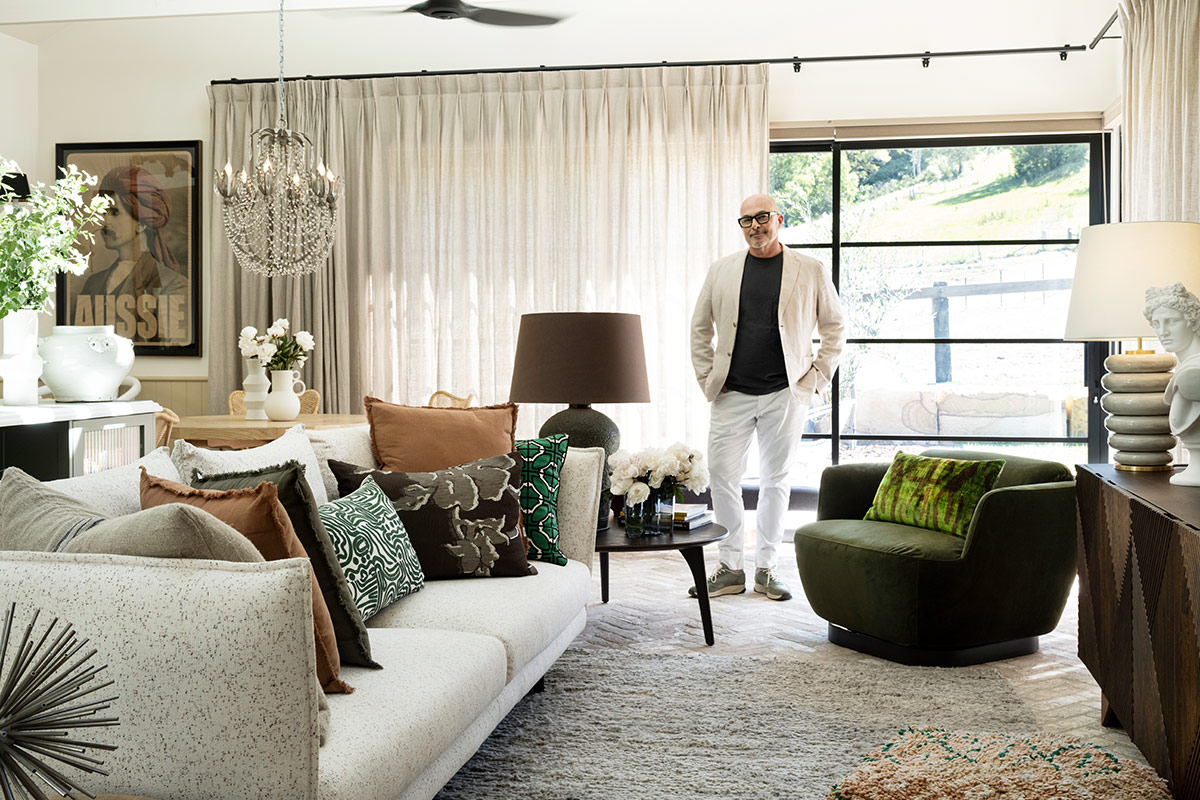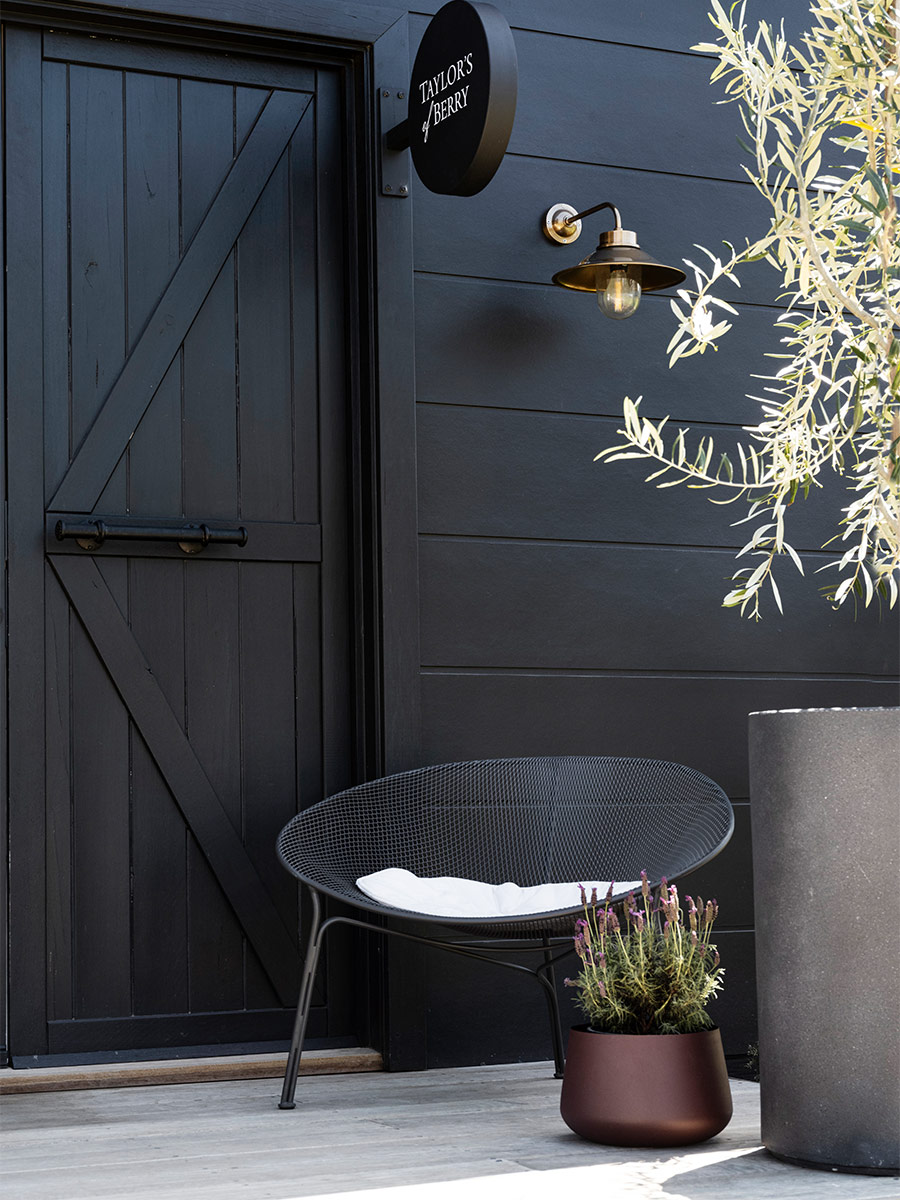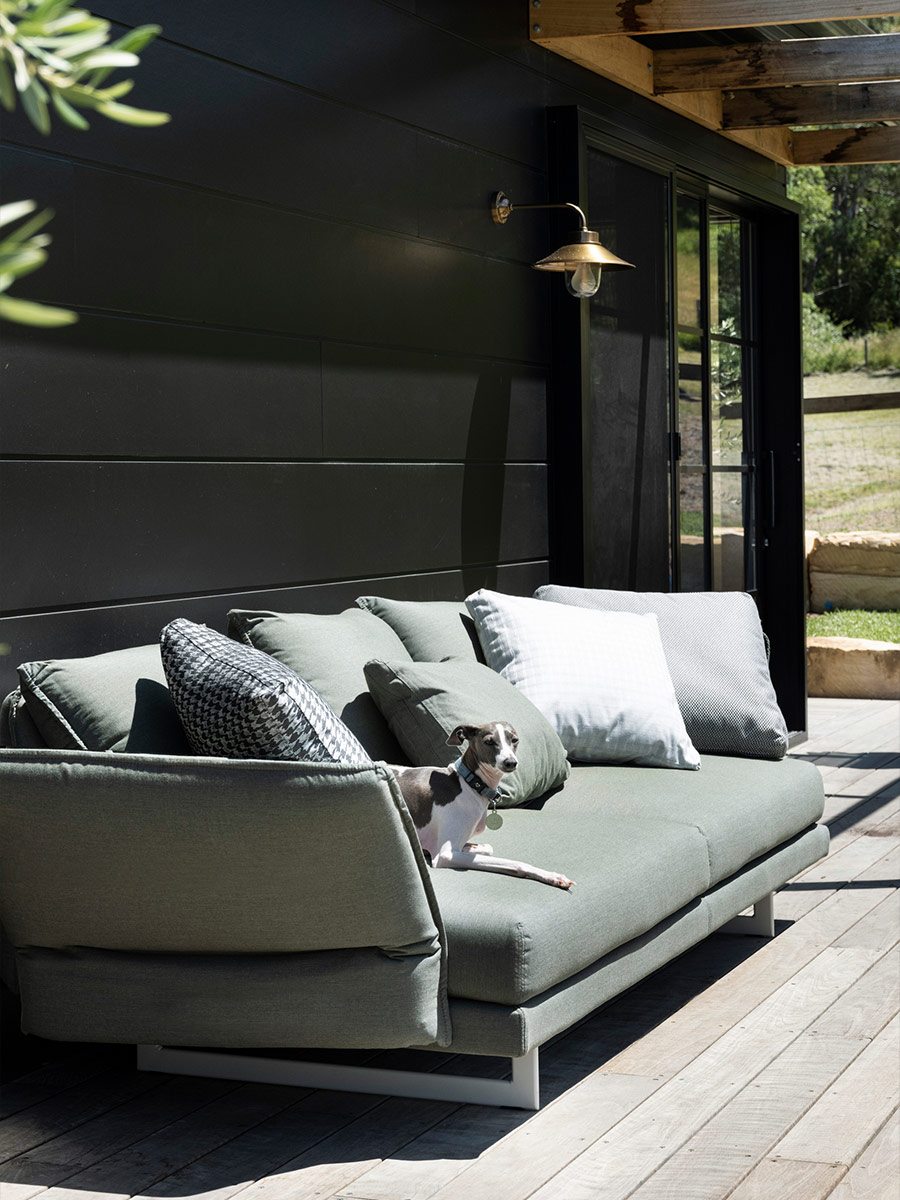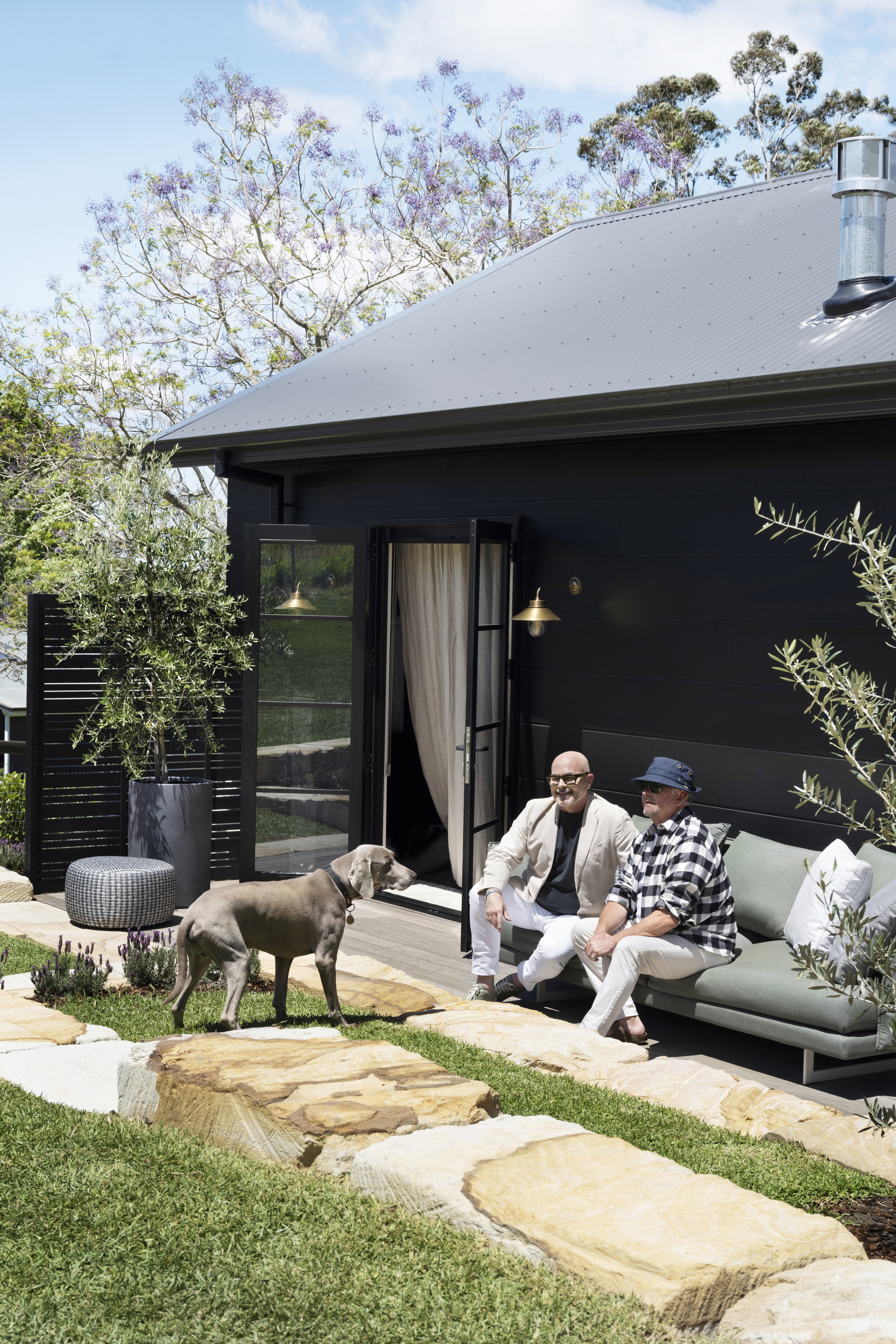Neale Whitaker explores emotionally durable design

I was unfamiliar with the phrase ‘emotional durability’, despite the fact that it was coined as far back as 2005.
But while the words might be new to me, the sentiment they express has long been close to my heart.
Even as the editor of magazines that traded on ‘what’s new’ and ‘what’s hot’, my personal belief was always that homes should be filled with things that bring pleasure, rather than trend-driven objects.
To put it another way - buy once, buy well and from the heart.
The evolution of furniture for life
It’s funny how social mores change. My parents’ generation believed furniture was for life.
It makes me smile when I see current interpretations of 1970s homes, stuffed to the gills with bubble chairs and psychedelic prints. As if 1970 dawned and eclipsed everything that had come before. It wasn’t really like that.
While we might have had a lurid orange lava lamp (and if my memory serves, a flokati rug), the sideboard beneath it was stubbornly 1960s Parker. Other pieces in our family home dated back to the mid-1950s. Some of them were my parents’ wedding gifts. And while it may have been more about thrift than emotional durability, they saw no reason to change.
Subsequent generations, however, saw things through a different lens. Lives accelerated by technology demanded the disposable, quick-fix era. The notion of a sofa-for-life (or anything-for-life) was as laughable as it was outdated. Of course we wouldn’t want the same furniture at 40 as we’d had at 30 or 20. Come to that, we wouldn’t even want last season’s colours or fabrics. That’s what landfill was for, right?


Valuing emotional connection
Fortunately, it’s the nature of pendulums to swing back. Today we’re valuing not just the sustainability that comes with longevity, but the emotional connection.
We understand better that our homes are the backdrop to our lives, and that - whether we live singly, in couples or as families - home is both shelter and nurture.
Consequently we care more about how and where things are made. We consider our purchases more carefully, and should we reluctantly decide to part ways with them, there’s always Gumtree and eBay to maintain the circular economy.

The role of good design
‘Something Worth Keeping’ is the message of the most recent KING campaign. It’s an emotive phrase that succinctly conveys the notion of emotional durability.
It suggests the role of quality and manufacture in our choices whilst acknowledging that - most importantly - good design ensures furniture remains in our home from one generation to the next. Even in these enlightened times, it’s still the look, feel and touch that matters.
When my partner David and I moved into our country home in 2018, we brought with us much-loved pieces that had furnished our previous homes, an inner-city terrace and a loft-style apartment.
There was no need to change key items like sofas, rugs, tables and chairs, because we had always chosen for longevity and yes, emotional durability.
The furnishings we had collected over time were selected because we loved them and knew they would work with other chapters of our story - our art, our books and accessories. Our aesthetic withstood our tree change.
Timeless and durable
To my mind, KING designs like the Zaza and Jasper sofas and the recent Fleur Lounge Chair (selected by David and me for our new guest house) are perfect examples of emotionally durable design.
Expertly crafted and engineered, the proportions, comfort and styling of these pieces (combined with the wide choice of finishes and fabrics) allow them to blend with every aesthetic.
As examples of contemporary Australian design they enhance modern, minimalist spaces, but as our home and guest house demonstrate, they also shine in more traditional, decorative environments.
I suspect the soon-to-be-released Heritage Dining Table and Heirloom Dining Chairs will work in the same way. Thoughtful designs with a considered simplicity that makes them timeless.
I recently changed the buttons on a favourite military-style jacket, purchased more than a decade ago. Quite apart from the thrill that it still fits me, I love that this jacket refuses to date and improves with age. I intend to follow its example.
In our home, a recently-restored vintage frame has added unique patina to a new artwork. It hangs above an antique Korean chest that David has owned for decades. It’s one of our most treasured pieces.
Why am I mentioning these things? Because emotional durability is the DNA they all share. Pieces chosen for love - and for life.
For more design and style advice, explore the Neale Whitaker article collection, or learn more about how emotionally durable design contributes to a circular economy.














